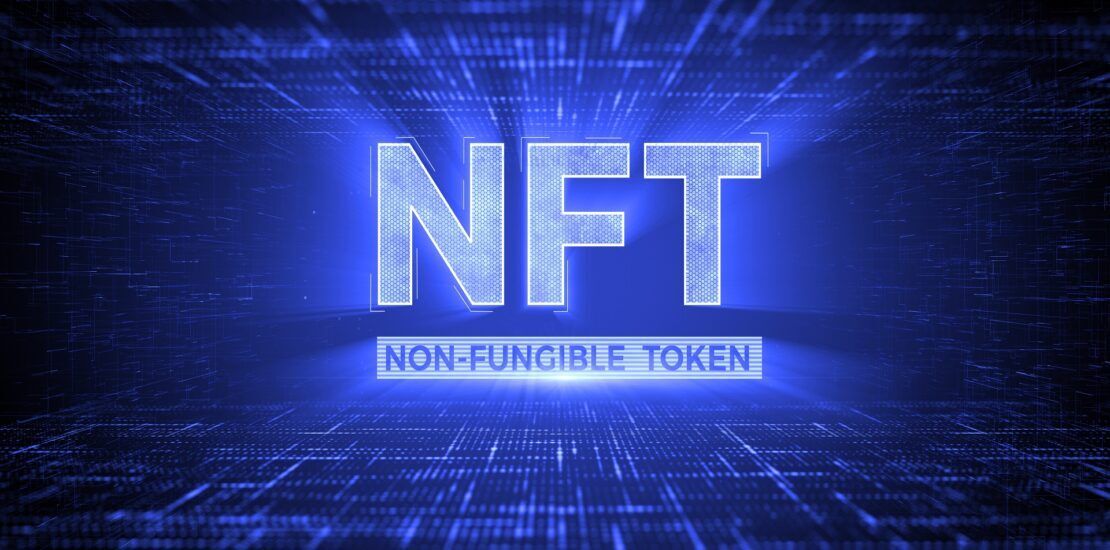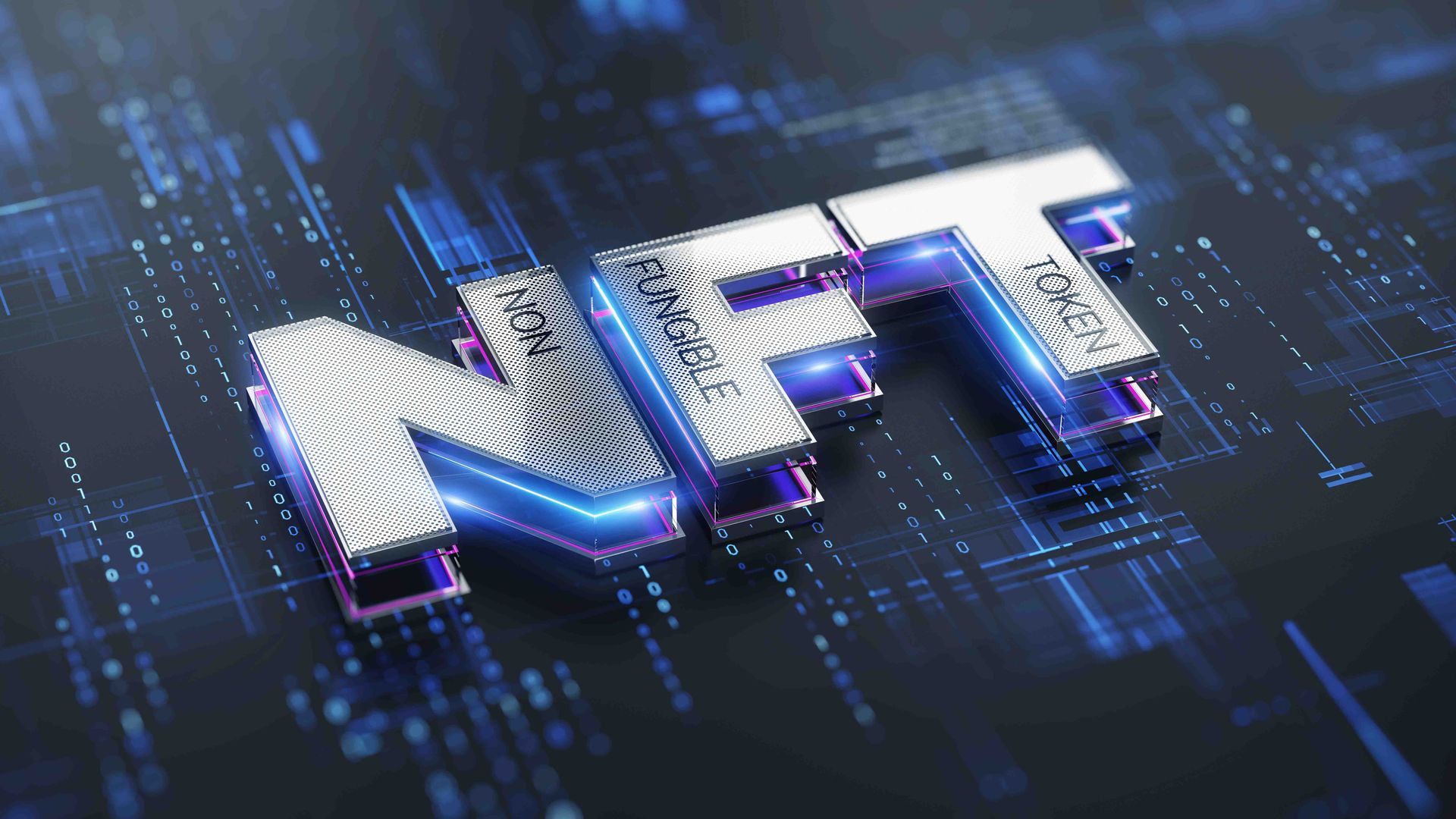Difference between Custodial and non-custodial NFTs

The virtual world is developing in ways that one never even thought were possible. Trading in cryptocurrencies to tokens is all a part of the DeFi ecosystem that exists on the public network, namely the internet. The arrival of NFTs has successfully created a much sought-after medium for artists, designers, and creators to showcase their unique and rare designs or collections. In essence, NFTs are a revolutionary way for artists to produce and monetize their work. At the same time, collectors get complete transparency into the genuineness and background of their acquisitions.
Understanding Non Fungible Tokens (NFTs)
Simply put, NFTs can be real-world items like a piece of artwork, fashion clothing, video game, etc., or it could be virtual items like an in-game item, a virtual sports trading card, a special tweet, etc. These are paid for in the currency of the blockchain or the platform on which they are being traded. Usually, NFTs are sold via an auction where, as always, the highest bidder wins.
Owning An NFT
Non Fungible tokens can be built, bought, or gifted. They are kept in crypto wallets, which represent the asset’s digital ownership. There are two ways in which one can own the digital item:
1. Minting – Minting is the process of building or creating an NFT, which makes the digital asset a part of the blockchain and tamper-proof. This process dictates the uploading of NFT content as a digital file on the blockchains NFT marketplace and paying a small fee to mint or trade crypto representing the asset. Once these formalities are completed, the digital asset can be gifted or traded as an NFT.
2. Buying – The other way to own an NFT is through direct purchase. After creating an account on the crypto platform and paying its required fee, the buyer can participate in auctions. Buying the NFT grants collectors or investors the ownership of the original digital item stored on the blockchain. This also serves as proof of ownership.
NFTs are rare and expensive, so it is critical to store them securely and efficiently manage the entire portfolio. To own an NFT, design one, or do both, it is essential to have a digital wallet in advance. This stands true for both buyers and sellers.
A Crypto Wallet
A crypto wallet or a cryptocurrency wallet is a tool for safely and securely storing your cryptocurrency and private keys. It allows the owner of the wallet to store and retrieve their digital assets at convenience. The crypto wallet is a crucial part of the blockchain. It allows the users to complete transactions, control balance, make use of the blockchain services and gain access to the NFT marketplace. For the sake of security, every cryptocurrency wallet has two main parts:
1. A Public Key – The public key is like the address of the wallet. You could even say it serves the same purpose as the email id or the customary account number. Both are unique identification parameters, and no two people will have the same.
2. A Private Key – The private key is like the password to your email id or the PIN of your bank card. You can decrypt data and complete transactions only if you have the private key. The wallet’s security depends to a large extent on the level of access accorded to the private key. A lost, forgotten, or compromised private key can result in the loss or theft of all digital assets stored in the wallet. Hence, it is always good to store the private key offline and confidential.
Types Of NFT Wallets
Now we come to the core of this post: the types of crypto or NFT wallets. There are two types of NFT wallets:
1. Custodial NFT wallets – You could even call these hosted wallets. In this type of wallet, the private key is with a third party, also known as the crypto custodian. They now have to protect the key and ensure the safety of the digital assets locked by that key. The third-party could be a custodial wallet service provider, an exchange, or an NFT marketplace.
Custodial wallets are much in demand as they are not only easy to set up but also free the user from having to remember the private keys. Safeguarding the keys is the custodian’s responsibility. In case the user wants, they can quickly recover accounts by asking for the pertinent information from the said custodian anytime.
Their downfall is that:
- There is no independence or autonomy anymore. You depend on the third party for the private key.
- The account user can no longer remain anonymous as stringent protocols require them to fill out KYC forms divulging their identity.
2. Non-Custodial NFT Wallets – Having a non-custodial wallet means the wallet owner has full control and is solely responsible for keeping the private key safe and secure. So, the account owner will be the only person who has access to the assets locked by the key.
The benefits of a non-custodial wallet include:
- Complete control over the funds and NFTs stored by the key.
- Maintenance of full autonomy and anonymity.
- Make your own decisions regarding transaction fees while minting or purchasing.
The pitfalls of non-custodial wallets are:
- In the event the wallet owner forgets the private key, he or she can forever lose the digital items stored by it. There is no way to recover them.
- Users not yet completely familiar with the crypto facts and limitations may find it challenging to get a proper handle on things. So it’s not very user-friendly for newbies.
The Best Wallet For NFTs
One can use both custodial and non-custodial wallets to store their crypto art and NFTs. If you are new, a custodial wallet is an excellent place to begin. Nevertheless, if you are experienced in this digital medium, you can maintain full governance by opting for a non-custodial wallet. In both cases, the only thing that you need to ensure is that your wallet can store the type of NFT you are planning to mint or purchase.
Disclaimer: The information on this website and blog is for general informational purposes only and is not professional advice. We make no guarantees of accuracy or completeness. We disclaim all liability for errors, omissions, or reliance on this content. Always consult a qualified professional for specific guidance.
Recent Posts
6742 Forest Hill Blvd #336, West Palm Beach, FL 33413 US
Mon-Fr: 9:00 AM - 5:00 PM
Eastern Standard Time
Disclaimer: The information provided on this website is for general purposes only. It should not be construed as legal/financial advice or the formation of a consultant/client relationship. Prior results do not guarantee similar outcomes.
All Rights Reserved.
Website Designed & Managed by Oamii.






